Dry roast vegetables to draw out subtle flavors
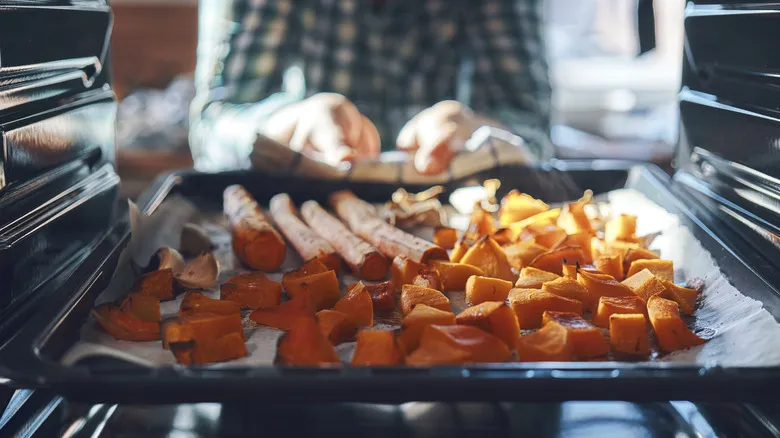
Opting to dry roast vegetables instead of using oil can enhance their flavor and texture. In a conversation with Food & Wine, California chef Nick Balla points out that while there's nothing wrong with coating vegetables in oil before roasting, he believes dry roasting is the superior technique. This method brings out the vegetables' natural and delicate flavors, from the earthy tones of Brussels sprouts to the tropical scents of summer squashes. By eliminating oil, which adds its own flavor, the vegetables can truly stand out on their own. Additionally, by postponing the addition of moisture and fats, the vegetables have a better chance to crisp up during roasting.
If you choose to add oil to your veggies after cooking, you might be curious about the best time to season them. Fortunately, tossing roasted vegetables in oil and seasonings or a compound butter allows them to absorb flavors more effectively. "Dry roasted vegetables act like a sponge because they've released so much moisture," Balla explained. This characteristic helps fats and any herbs or spices penetrate the vegetables more thoroughly.
For those concerned about sticking, Balla recommends using glass or cast iron cookware. However, if you're aiming for maximum crispiness, a glass casserole dish may not be ideal, as the moisture-rich vegetables could end up steaming. The good news is that you can always rely on a classic sheet pan lined with parchment paper or aluminum foil for great results.
Types of oil to use on roasted vegetables
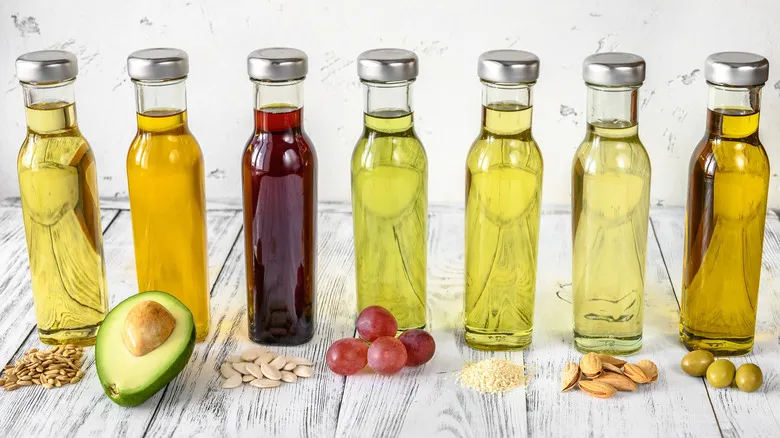
Not all oils are ideal for roasting vegetables. When cooking at high temperatures, it's crucial to consider the types of fats in cooking oils. Polyunsaturated fats can degrade at elevated heat, potentially becoming harmful to your health, as highlighted in a study published in Foodservice Research International. In contrast, monounsaturated fats are stable under heat, making them a safer option.
If you enjoy oiling your vegetables before roasting, that's completely fine—there are safe cooking oils available for this purpose. Many chefs, including celebrity chef Ina Garten, prefer this method for enhancing the flavor of their roasted vegetables. When selecting a monounsaturated oil for tossing your veggies, light olive oil is a dependable choice. It has a mild flavor and a high smoke point of around 465 degrees Fahrenheit. Avocado oil is another excellent alternative for the same reasons, featuring an even higher smoke point of 520 degrees Fahrenheit and comparable health benefits to olive oil.
On the flip side, avoid using sunflower, corn, soybean, or flaxseed oils for your oven-ready vegetables. Fortunately, by adding oil to your roasted veggies just before serving, you can steer clear of these unhealthy options. Not only does dry roasting enhance flavor, but it can also be better for your health. What’s not to appreciate?
Recommended
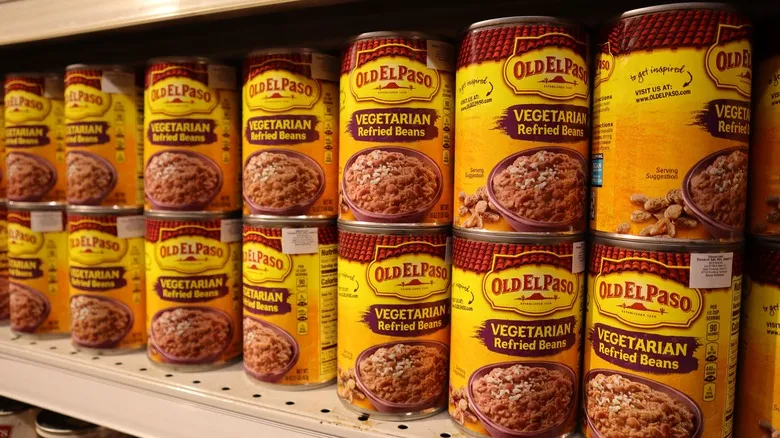
You Can't Assume Your Canned Refried Beans Are Vegetarian. Here's Why
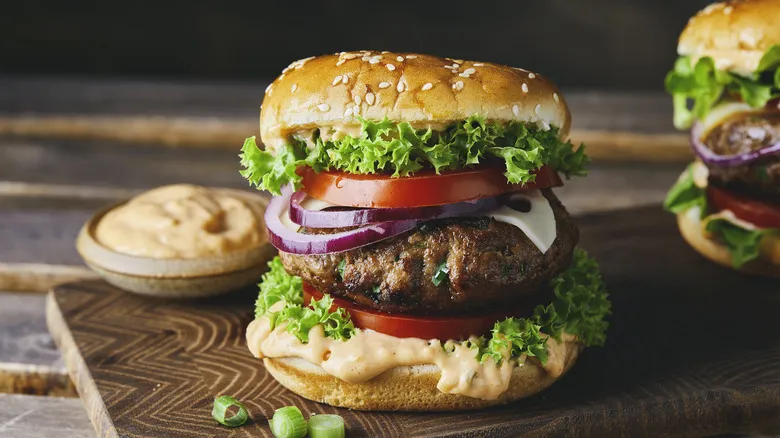
Make A Leaner (But Still Delicious) Burger By Going Half-Vegetarian

Classic Hurricane Cocktail Recipe
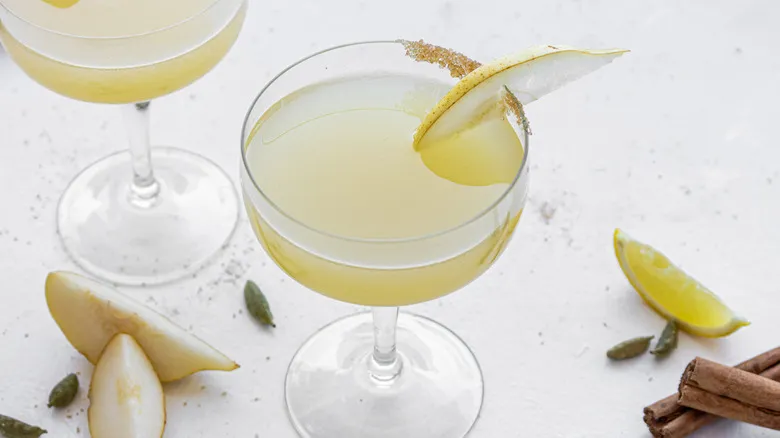
Sugar And Spice Pear Martini Recipe
Next up

